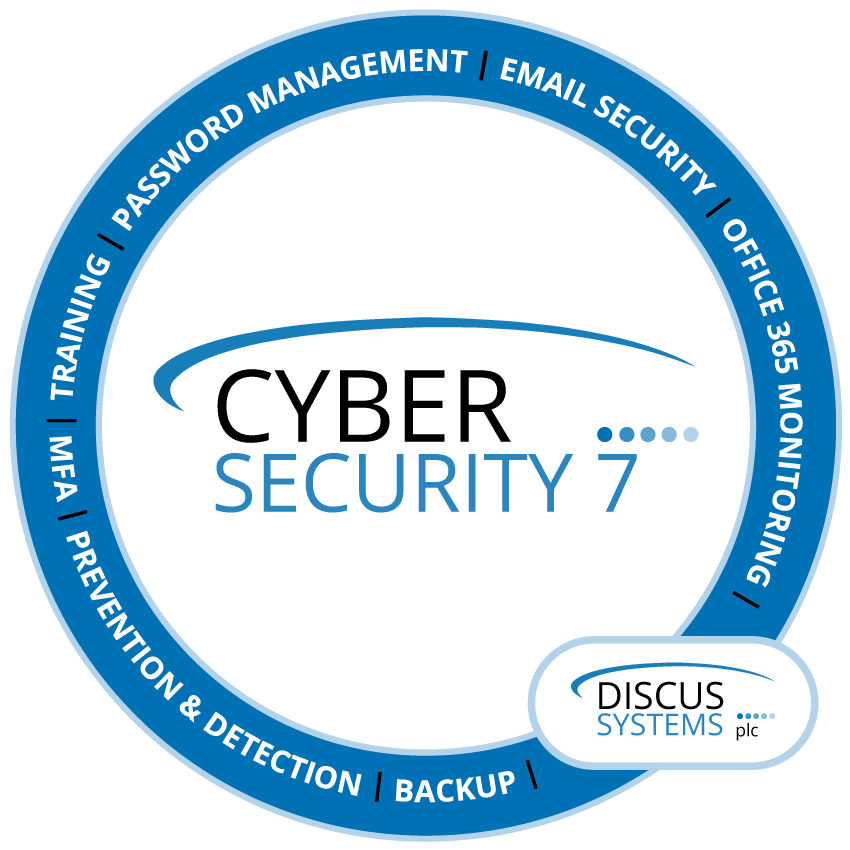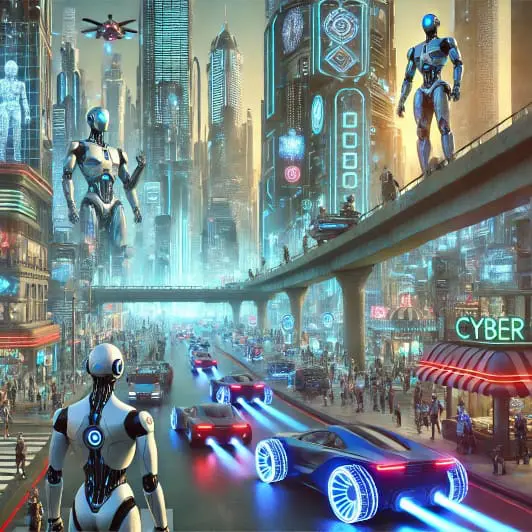Following Tesla’s “We, Robot” event on October 10 at the Warner Bros. Studios in Los Angeles, we look at the big reveals, the reactions to them, plus some of the key comments made and opinions given.
A Showcase of Futuristic Visions
Tesla’s long-anticipated “We, Robot” event, which captured the attention of millions worldwide, was CEO Elon Musk’s bold declaration of the company’s future direction, positioning Tesla not just as an electric vehicle manufacturer but as a cutting-edge robotics and artificial intelligence company. The showcase was reported to be rich with futuristic visions, but it left many wondering whether these concepts were truly within reach or just another example of Musk’s futuristic ambitions.
The Cybercab – A Robotaxi with No Steering Wheel
The centrepiece of the evening was the long-awaited Tesla robotaxi, referred to as the “Cybercab”. A striking vehicle with gull-wing doors, the Cybercab was revealed as a completely autonomous car, lacking both a steering wheel and pedals. It operates solely on Tesla’s proprietary Full Self-Driving (FSD) technology, a vision-based system that relies on cameras rather than hardware such as lidar, which is commonly used by competitors like Waymo.
Musk announced that the Cybercab would be priced under $30,000 and would enter production in 2026, albeit without committing to a specific timeline for large-scale manufacturing. “The autonomous future is here,” Musk proclaimed to the audience, describing how these vehicles could be up to ten times safer than human-driven cars. He added that they could operate at a cost of only 20 cents per mile. Charging, he said, would be made even more convenient through inductive charging, which eliminates the need for physical charging plugs.
And …The Robovan, Tesla’s Autonomous Multi-Passenger Vehicle
While the Cybercab was undoubtedly the star of the show, Musk also introduced a surprise in the form of Tesla’s ‘robovan’. Designed to carry up to 20 passengers, the robovan offers a vision for high-volume, autonomous transport. However, details about the robovan’s production timeline, features, and expected costs were reported to be notably sparse. Musk briefly mentioned that its operational costs could be as low as 5 cents per mile, making it potentially one of the cheapest transport solutions in the market.
Regulatory Hurdles Ahead
Although the robovan could potentially revolutionise shared transport, industry analysts have been quick to point out the significant regulatory and technical hurdles that stand in the way. For example, Matthew Wansley, a professor of law at New York’s Cardozo School, commented, “What Tesla showed tonight was a lot of sci-fi smoke and mirrors… Musk has yet to prove that a vision-only approach for automation is viable.”
Tesla’s ‘Optimus’ Humanoid Robot
As the event’s name suggests, “We, Robot” was not just about autonomous vehicles. Musk used the opportunity to highlight Tesla’s progress with ‘Optimus’, the company’s humanoid robot. Priced between $20,000 and $30,000, the robot is designed to handle many everyday tasks, offering a glimpse into how AI and robotics could reshape labour markets. Musk did not delve deeply into specific capabilities but promised that Tesla has made “a lot of progress” on the Optimus robot.
The unveiling of Optimus sparked a mixture of excitement and scepticism. For some, it reinforced Musk’s long-standing ambition to push AI and robotics into mainstream use. However, others expressed doubt about how quickly such a product could be scaled for consumer use, with some comparing it to past announcements from Tesla that have seen significant delays or failed to materialise.
Key Reactions and Investor Sentiment
Despite the technological marvels on display, the event appears to have left some investors and experts feeling underwhelmed. One of the recurring criticisms seems to be the lack of concrete timelines and plans for the production and deployment of Tesla’s autonomous fleet. For example, Dennis Dick, reportedly an equity trader, has been quoted as summarising the sentiment of many investors, saying: “I’m a shareholder and pretty disappointed. I think the market wanted more definitive timelines. I don’t think he said much about anything.”
Similarly, Bryant Walker Smith, a professor at the University of South Carolina, noted, “Tesla yet again claimed it is a year or two away from actual automated driving – just as the company has been claiming for a decade.” This remark highlights Tesla’s history of perhaps over-promising and under-delivering when it comes to autonomous driving capabilities.
Optimism
Musk himself acknowledged that he often errs on the side of optimism when it comes to timelines. Yet, he maintained that Tesla’s approach, which eschews lidar in favour of a camera-based system, will ultimately be the most efficient and scalable. This approach, however, remains a point of contention among experts, with many pointing out that other companies in the autonomous vehicle race, such as Waymo and General Motors’ Cruise, have invested heavily in lidar technology, which they consider crucial for ensuring the safety and reliability of driverless cars.
Hurdles and Opportunities
The robotaxi market, while potentially lucrative, appears to be fraught with obstacles with the establishment of a fully functional and safe fleet of autonomous vehicles looking like being no small feat. For example, Tesla’s reliance on vision-based AI, while cost-effective, faces significant challenges in terms of regulatory approval and the technology’s ability to handle complex driving environments, such as adverse weather or unpredictable pedestrian behaviour.
Despite these hurdles, Tesla’s massive fleet of electric vehicles, which already collect a wealth of driving data, gives the company a significant data advantage over rivals. KC Boyce, a vice president at data analytics firm Escalent, has been reported as commenting, “The vision-only system Tesla has chosen handicaps their capabilities versus how Waymo and Cruise have chosen to approach autonomy… Whether that data advantage is enough to close the sensor gap, I’m sceptical.”
A Vision of the Future, But With Some Questions
While the “We, Robot” event provided a tantalising glimpse into the future of transportation, it also raised many questions. On one hand, the promise of a $30,000 fully autonomous vehicle is certainly appealing, as is the prospect of making transportation safer, cheaper, and more efficient. Musk’s vision of a world where cars operate without human intervention could significantly alter how people live and work, offering the prospect of reclaiming valuable time spent commuting.
However, as history has shown, the road to full autonomy is long and fraught with both technical and regulatory challenges. Tesla’s vision of the future, while bold, still hinges on technological breakthroughs that have yet to be realised and on overcoming resistance from both regulators and the public.
In many ways, the “We, Robot” event could be considered to be a microcosm of Tesla’s broader strategy and a bold vision with world-changing potential, tempered by the practical realities of bringing that vision to life.
Whether the Cybercab and robovan become cornerstones of future transport or remain conceptual dreams is a question only time can answer.
Amazing Space X Rocket Return and Grab By “Chopsticks”
While the “We, Robot” event may have left some attendees and investors underwhelmed due to its lack of concrete timelines and detailed plans, it is impossible to overlook the historic achievement made just days later by Musk’s other venture, SpaceX. On October 13, SpaceX successfully launched its fifth Starship test flight, but what truly captivated the world was the unprecedented mid-air capture of the “Super Heavy” booster rocket.
This was the first time SpaceX had managed to catch the 230-foot-tall booster using mechanical arms, nicknamed “chopsticks”, as it returned to the launch pad in Boca Chica, Texas. This groundbreaking recovery method is a crucial step towards making the Starship fully reusable, a key aspect of Musk’s vision for cost-effective and rapid space travel. As Musk himself stated, the achievement marked a “big step towards making life multiplanetary,” moving closer to SpaceX’s goal of using the Starship for moon and Mars missions in the near future.
This feat of engineering comes at a pivotal moment for SpaceX, particularly as NASA has selected the Starship for its upcoming crewed lunar missions under the Artemis programme. While Tesla’s robotaxi aspirations continue to face regulatory and technical hurdles, the extraordinary success of SpaceX in recovering the booster not only demonstrates Musk’s continued innovation but also underscores the broader vision he has for advancing humanity’s future beyond Earth.
What Does This Mean For Your Business?
The “We, Robot” event undoubtedly provided a bold look at the future of transportation, particularly in terms of Tesla’s ambition to reshape how we think about mobility. For example, the unveiling of a $30,000 fully autonomous vehicle promises to disrupt the transport industry by making travel more accessible, safer, and more efficient. If realised, this could mark a pivotal moment in the shift towards self-driving technologies, potentially transforming how people and goods move across cities and countries. However, the event left some critical questions unanswered. Technological breakthroughs are still needed, and regulatory obstacles remain high. Tesla’s competitors, who are also racing to develop autonomous vehicles, will be watching closely. Companies such as Waymo and General Motors’ Cruise may accelerate their own efforts, sparking fierce competition in this rapidly evolving space.
For businesses and industries reliant on transportation, the potential impact of widespread autonomous driving is vast. Companies that depend on logistics, for example, could benefit from lower costs and improved efficiency, while new opportunities for services linked to mobility could emerge. However, this transition might also bring challenges, particularly for sectors like insurance and vehicle manufacturing, which may have to adapt quickly to changing demand and the reduction in human-driven vehicles.
In a broader economic sense, should Tesla succeed in making autonomous vehicles affordable, the ripple effect could extend to urban planning, employment in the transport sector, and even global supply chains. Entire industries may need to rethink their strategies in response to what could be a revolution in how transportation is managed and delivered. The knock-on effects on global economies, particularly in regions dependent on automotive industries, could be profound.
Meanwhile, the success of SpaceX in catching the Super Heavy booster rocket marked a monumental moment for Musk’s broader ambitions. While Tesla wrestles with challenges here on Earth, the achievement in space highlighted the potential for transformative change beyond our planet. This technological leap not only moves SpaceX closer to making the Starship fully reusable but also strengthens Musk’s vision of enabling human life on other planets. The success of SpaceX serves as a powerful reminder of Musk’s ability to push the boundaries of innovation across multiple industries, potentially outpacing competitors who are yet to make comparable breakthroughs.
Both Tesla’s ambitious autonomous vehicle plans, and SpaceX’s unprecedented achievements reveal a future of rapid change, not just for transportation on Earth, but potentially for space travel as well. For Tesla, its competitors, and the wider transport industry, the next few years will be crucial in determining whether this vision becomes a reality or remains a distant dream. As for SpaceX, its success signals that the future Musk envisions is not just a concept but an impending reality.


